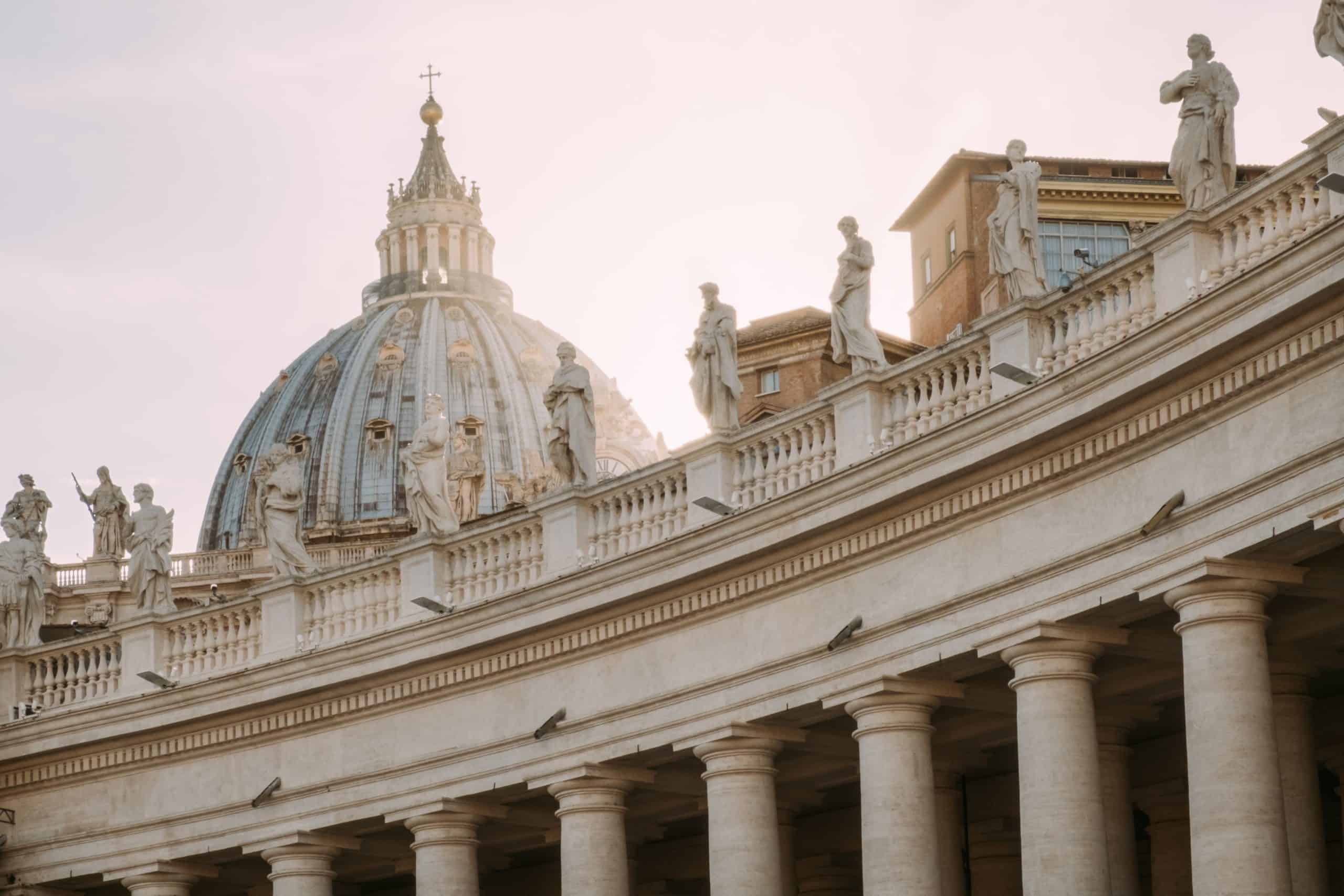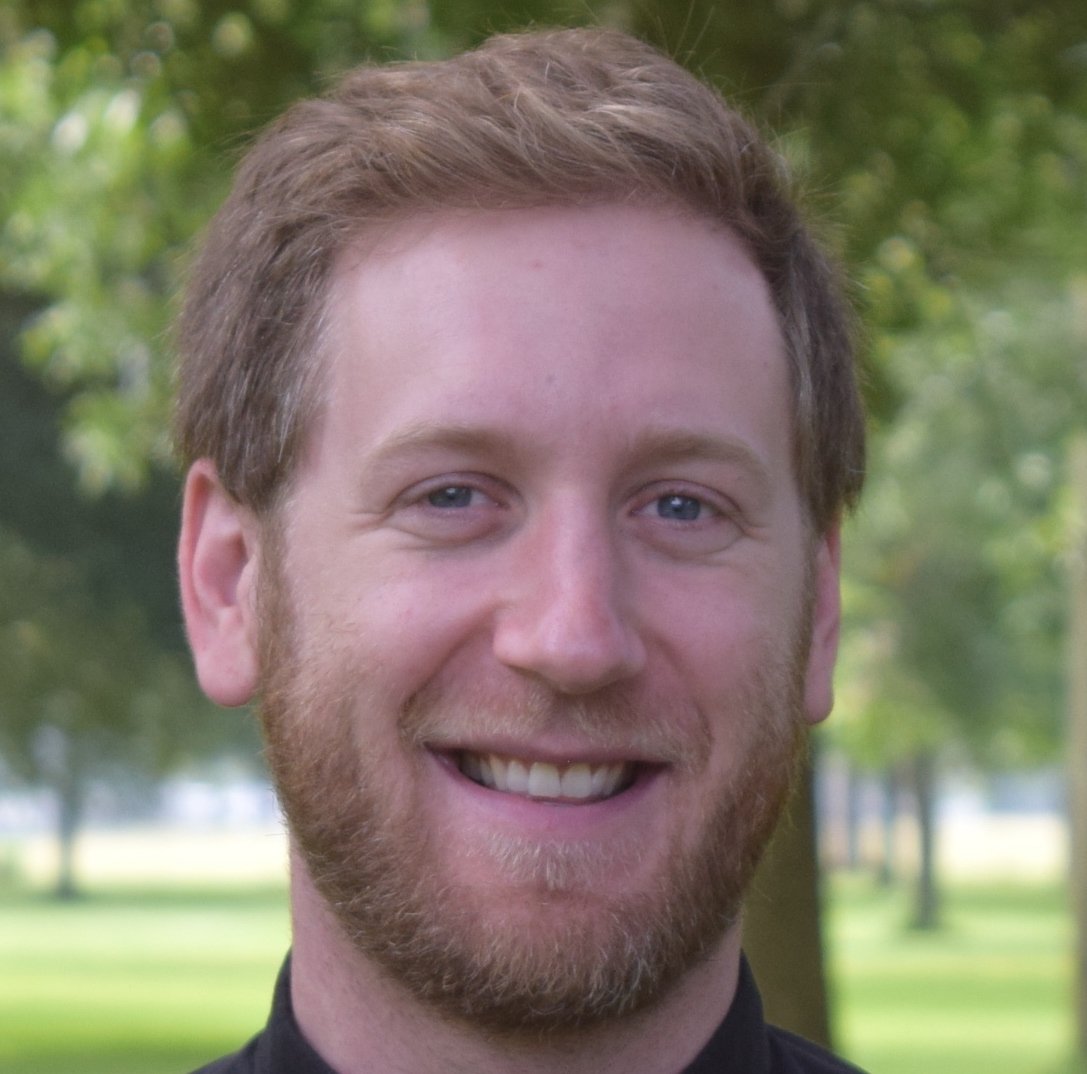This year marks the 60th anniversary of the Second Vatican Council, or Vatican II, the 21st ecumenical (or worldwide) council to have taken place in the Catholic Church. In 1959, Pope Saint John XXIII called for an ecumenical council with the purpose of bringing the Church up to date (the Italian “aggiornamento” became a favorite word of his).
The Council convened in four sessions from 1962 to 1965. Nearly 2,400 bishops, cardinals, and religious superiors (known as Council Fathers) participated, along with hundreds of theological advisors (known as periti). The Council introduced, discussed, and debated dozens of topics essential to the life of the Catholic Church, ultimately producing 16 documents.
Not only was Vatican II arguably the most important event of the 20th century, but its impact continues to reverberate and unfold in the 60 years since. Given its importance – and the ongoing debate about it – it is important to understand what led to the Council, what happened, and what its significance is for the Church and world today.
What led to Vatican II?
Pope St. John XXIII, who was elected in 1958 at the age of 76, was thought to be a transitional figure due to his age and well-known jovial spirit. When he announced in January 1959 his plan to call a church-wide council, the Church and the world were shocked.
This shock can be attributed not just to Pope John’s age, but also to the climate of the church at the time. There did not seem to be a need for a council. Previous councils were usually called in response to crises in the Church, to address vexing doctrinal questions or to condemn heresies deemed damaging to the Church. No such crisis confronted the Church in 1959.
Most Catholics experienced the Church as timeless and permanent. Mass was celebrated in Latin, in a form that had been largely the same since the 16th century. The Church served as an unchanging anchor in a modern world gripped by two devastating world wars. There was a presumption, for the average Catholic, that the Church would continue in this direction indefinitely.
Key dynamics at the Council: Ressourcement and Aggiornamento
Underneath this appearance of timelessness in the church, however, reform was underway. Several theologians in Europe, especially in France, were going back to the sources, an important movement known as ressourcement. This meant returning to early theological thinkers and writings from the first several centuries of the Church. In these writings, theologians found freshness and renewal which invigorated movements towards reforming the liturgy, understanding the church as a dynamic, pilgrim people, and appreciating how doctrine develops within the life of the Church. Additionally, significant developments in scripture studies were well underway by the late 1950s.
This combined with a second important movement: aggiornamento, which literally means ‘bringing up to date.’ Though the Church appeared timeless and permanent in the experience of the average Catholic, theologians and some church leaders saw the need for the Church to “read the signs of the times” and respond in order to be faithful to the richness of the Gospel.
These two key movements worked together at the Council. Returning to the sources was not a return to some idealized past or running from the urgent and often perplexing questions of the modern world. Rather, the Council Fathers and their theologians were attempting to address modern questions and issues faced by the Church by drawing upon the theological richness and wisdom of the past as well as modern developments in theology and pastoral experience.
As a result, the Council was an experience of a “new Pentecost,” of opening the doors and windows for the Holy Spirit to blow new life into the Church.
Who was at Vatican II? What happened?
Between October 1962 and December 1965, the Council Fathers gathered for four plenary sessions at the Vatican, each lasting about 10 weeks. Among the attendees were Karol Wojtyla, then Archbishop of Krakow (later Pope St. John Paul II), and Fr. Joseph Ratzinger, a theological advisor (later Pope Benedict XVI), as well as other influential theologians such as Karl Rahner, SJ, Yves Congar, OP, and American John Courtney Murray, SJ.
Bishops from all of the continents of the world participated, representing corners of the world that had never (or rarely) participated in a Council before. The Council demonstrated that the Church was deepening identity as a truly universal, global church in its embrace of more and more of the world’s peoples.
In addition to bishops and major superiors of men’s religious orders, representatives of Protestant churches and Eastern Orthodox churches attended as observers. Nearly two dozen women served as lay auditors at the Council; though they were non-voting members and their numbers were miniscule compared to male participation. It was a small, yet important step toward inclusion of women in the church’s leadership.
Prior to the Council, bishops submitted ideas and topics for discussion that were crafted into “schemata” or drafts for the Council Fathers (and their theological advisors) to discuss in smaller working sessions and then debate in plenary sessions. Finally, bishops would vote on any amendments and then eventually approve the documents. After the bishops voted to approve, the Pope would have final approval and then promulgate the documents as the official teaching of the Council and the Church. Although debates and voting could be quite contentious at times, all documents were approved with significant majorities of bishops in support.
What documents did Vatican II produce? What did the Council teach? How did it teach?
In all, Vatican II produced 16 documents over four sessions. In these 16 documents, the Council taught about what the Church is from three different perspectives: with regards to itself, other Christians, and the world.
First, the Church reflected on itself: what does it mean to be Church? This meant considering the role of liturgy in the life of the Church, especially regarding fuller participation of the laity (Sacrosanctum concilium); looking at the nature of the Church itself (Lumen gentium); and renewing Catholic engagement with Scripture (Dei verbum).
Additionally, the Council sought to renew how the Church understood the roles of the laity, priests, and bishops. Generally speaking, the Council spoke about the Church as a ‘pilgrim people’ or the ‘people of God’ emphasizing the common dignity of baptism and the universal call to holiness.
Secondly, the Council reflected on the relationship of the Church to other Christians, recognizing good and beautiful elements within other denominations and expressing a desire for dialogue, while still maintaining the Church’s tradition in its rich fullness and the Church’s need for ongoing reform (Unitatis Redintegratio).
Just as monumental was the Council’s teaching that, in regards to religions outside of Christianity, “the Catholic Church rejects nothing that is true and holy…” (Nostra Aetate, §2). Declaring that all people have an inherent right, grounded in human dignity, to religious liberty without persecution or interference from government also signaled a new attitude toward religious pluralism in civil society (Dignitatis Humanae).
Finally, the Council spoke to the Church’s relationship with the modern world. Whereas the previous century could best be characterized as one of the Church’s embattled defensiveness against the world, Gaudium et spes heralded a new disposition to the world: one of ongoing dialogue. The opening words of Gaudium et spes (§1) express the Church’s desire to engage the world: “The joys and the hopes, the griefs and the anxieties of the people of this age, especially those who are poor or in any way afflicted, these are the joys and hopes, the griefs and anxieties of the followers of Christ.”
As historian John O’Malley, SJ notes in What Happened at Vatican II, the Council not only wrote about important topics, but spoke in a way that no other previous Council ever had. Previous Councils often produced canons, or rules, for the Church’s life, as well as condemnations, either of specific people, heresies or movements deemed dangerous to the Church and its doctrine. Vatican II documents were written in a different style, one that aimed to inspire and draw the Church into deeper reflection and wonder at the mystery of the Church and its relationship to the world.1 Lumen gentium, for example, began not by reiterating the hierarchical structure of the Church, but by locating the Church in relation to its source and goal in the holy mystery of our Triune God. And then it goes on to give numerous images from Scripture for the Church: images that engage not only the head, but the heart.2 As such, there were no lists of canons issued nor was there a single condemnation issued by the Council.
How can I access the documents of Vatican II?
The easiest way to access the documents of Vatican II is through the Vatican website, links to each document are at the end of this post.
Where can I learn more about Vatican II?
There are many, many books about Vatican II: its history, the content of its teaching, and its significance then and now. Here are but a few resources for further study.
As mentioned already, John O’Malley’s book, What Happened at Vatican II, is an excellent history of the Council. Another good, short history is by Giuseppe Alberigo, entitled A Brief History of Vatican II.
It will come as no surprise that there are different interpretations of the Council and its significance! A couple of good, yet different takes on the teachings of Vatican II include The Keys to the Council: Unlocking the Teaching of Vatican II by Richard Gaillardetz and Catherine Clifford and Vatican II: Renewal Within Tradition, edited by Matthew Lamb and Matthew Levering.
Will there be a Vatican III?
Another way to phrase this question is: will there be another Council? The answer is yes, eventually. Time, circumstances, and the Holy Spirit – as well as whoever the pope is! – will tell.
More importantly, the Church is still in the beginning stages of receiving and implementing Vatican II. It is said that it takes decades to incorporate a Council and its teachings into the life of the Church. Debate continues about the significance of the Council and what it means for who we are as Church. As a result, it is our job to learn about the Council, read what it taught, and continue to reflect as a church community, whatever our role within it, on how to be Church in the world.
Documents of Vatican II
Constitutions:
Sacrosanctum concilium (On the Sacred Liturgy)
Lumen gentium (On the Church)
Dei verbum (On Divine Revelation)
Gaudium et spes (On the Church in the Modern World)
Decrees:
Inter mirifica (On the Mass Media)
Orientalium Ecclesiarum (On the Catholic Eastern Churches)
Unitatis Redintegratio (On Ecumenism)
Christus Dominus (On Bishops)
Perfectae Caritatis (On the Renewal of Religious Life)
Optatum Totius (On the Training of Priests)
Apostolicam Actuositatem (On the Apostolate of the Laity)
Ad Gentes (On Missionary Activity)
Presbyterorum Ordinis (On the Ministry and Life of Priests)
Declarations:
Gravissimum Educationis (On Christian Education)
Nostra Aetate (On Non-Christian Religions)
Dignitatis Humanae (On Religious Liberty)


